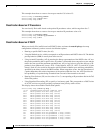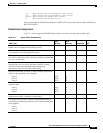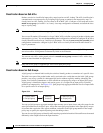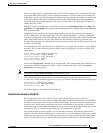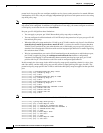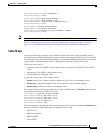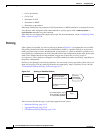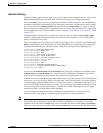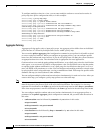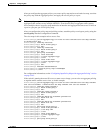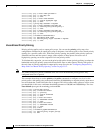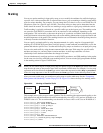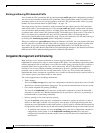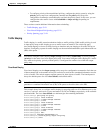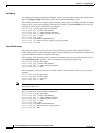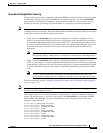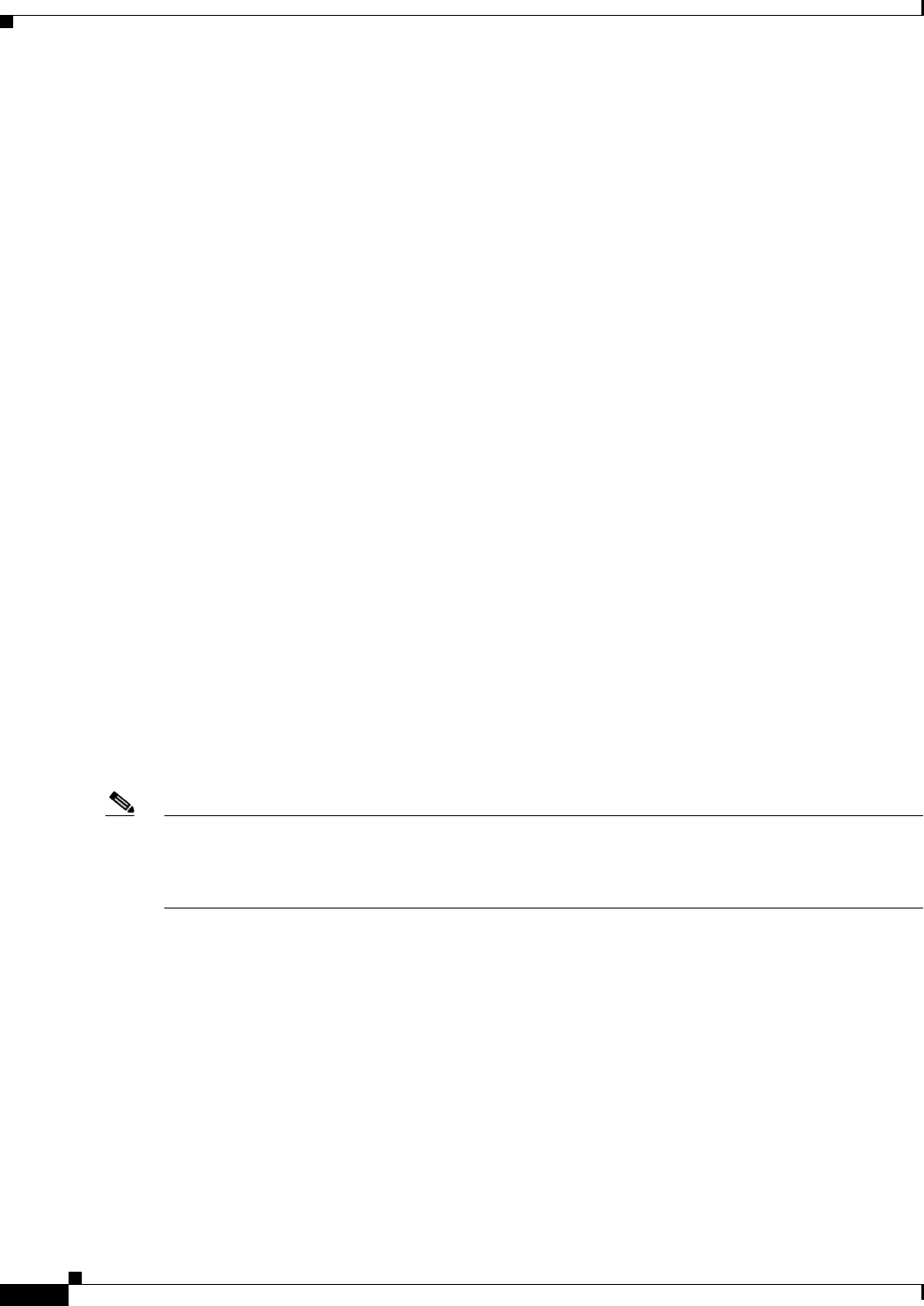
33-16
Cisco ME 3400 Ethernet Access Switch Software Configuration Guide
OL-9639-06
Chapter 33 Configuring QoS
Understanding QoS
To configure multiple actions in a class, you can enter multiple conform or exceed action entries in
policy-map class police configuration mode, as in this example:
Switch(config)# policy-map map1
Switch(config-pmap)# class class1
Switch(config-pmap-c)# police 100000 500000
Switch(config-pmap-c-police)# conform-action set-cos-transmit 4
Switch(config-pmap-c-police)# conform-action set-dscp-transmit dscp table
conform-dscp-to-dscp-mutation
Switch(config-pmap-c-police)# conform-action set-qos-transmit 10
Switch(config-pmap-c-police)# exceed-action set-cos-transmit 2
Switch(config-pmap-c-police)# exceed-action set-dscp-transmit dscp table
exceed-dscp-to-dscp-mutation
Switch(config-pmap-c-police)# exceed-action set-qos-transmit 20
Switch(config-pmap-c-police)# exit
Switch(config-pmap-c)# exit
Switch(config-pmap)# exit
Aggregate Policing
Aggregate policing applies only to input policy maps. An aggregate policer differs from an individual
policer because it is shared by multiple traffic classes within a policy map.
You can use the policer aggregate global configuration command to set a policer for all traffic received
or sent on a physical interface. When you configure an aggregate policer, you can configure specific
burst sizes and conform and exceed actions. If you do not specify burst size (bc), the system calculates
an appropriate burst size value. The calculated value is appropriate for most applications.
Conform actions are to send the packet without modifications, to set a QoS group value for classification
at the egress, or to set a new CoS, DSCP, or IP precedence value. Exceed actions are to drop the packet,
to send the packet without modification, to set a QoS group for classification at the egress, or to set a
new CoS, DSCP, or IP precedence to a value. You can configure each marking conform or exceed action
by using explicit values, using table maps, or using a combination of both. Table maps list specific traffic
attributes and map (or convert) them to other attributes.
You can configure multiple conform and exceed actions simultaneously for each service class. After you
create a table map, you configure a policy-map policer to use the table map.
Note When you use a table map in an input policy map, the protocol type for the from–action in the table map
must be the same as the protocol type of the associated classification. For example, if a class map
represents IP classification, the from–type action in the table map must be either dscp or precedence.
If the class map represents a non-IP classification, the from–type action in the table map must be cos.
You can configure multiple conform and exceed actions simultaneously for an aggregate policer as
parameters in the policer aggregate global configuration command, but you must enter the actions in
this order:
• conform-action must be followed by transmit or by set actions in this order:
set-qos-transmit
set-dscp-transmit or set-prec-transmit
set-cos-transmit
• exceed-action must be followed by drop or transmit or by set actions in this order:
set-qos-transmit
set-dscp-transmit or set-prec-transmit
set-cos-transmit



